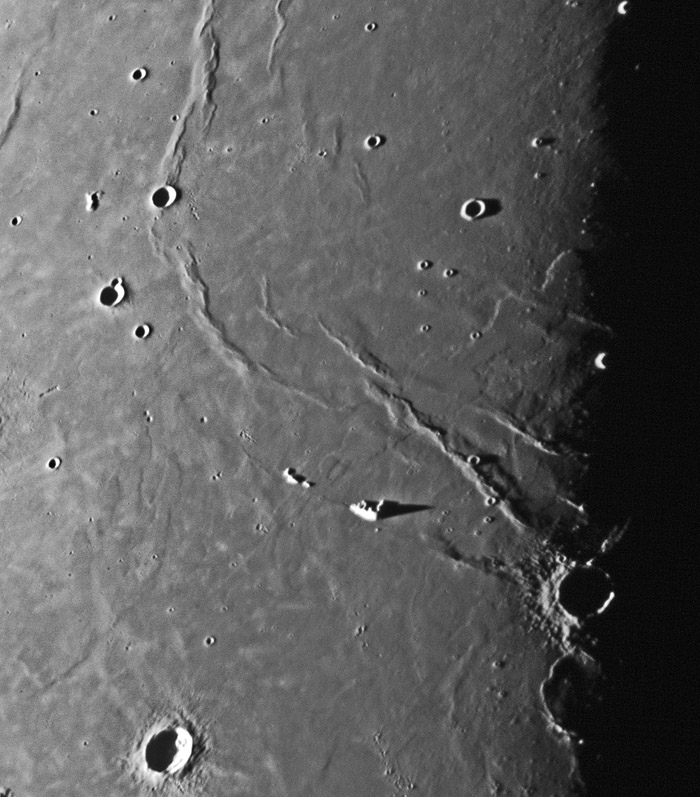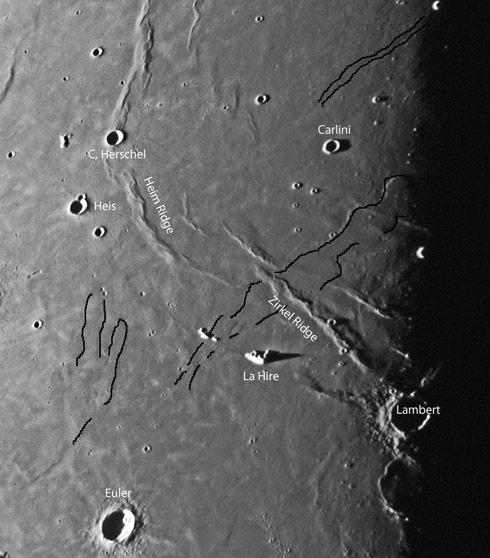Difference between revisions of "September 5, 2010"
| (7 intermediate revisions by the same user not shown) | |||
| Line 1: | Line 1: | ||
__NOTOC__ | __NOTOC__ | ||
=Lava Tales= | =Lava Tales= | ||
| − | + | <!-- Start of content --> | |
| − | + | <!-- ws:start:WikiTextHeadingRule:1:<h1> --> | |
| − | + | <!-- ws:start:WikiTextLocalImageRule:24:<img src="/file/view/LPOD-Sept5-10.jpg/160426657/LPOD-Sept5-10.jpg" alt="" title="" /> -->[[File:LPOD-Sept5-10.jpg|LPOD-Sept5-10.jpg]]<!-- ws:end:WikiTextLocalImageRule:24 --><br /> | |
<em>image by [mailto:motomaro@ga2.so-net.ne.jp 白尾 元理 (Motomaro Shirao)], Tokyo, Japan</em><br /> | <em>image by [mailto:motomaro@ga2.so-net.ne.jp 白尾 元理 (Motomaro Shirao)], Tokyo, Japan</em><br /> | ||
<br /> | <br /> | ||
| − | + | <table class="wiki_table"> | |
| + | <tr> | ||
| + | <td><!-- ws:start:WikiTextLocalImageRule:25:<img src="/file/view/LPOD-Sept5-10bsm.jpg/160427393/LPOD-Sept5-10bsm.jpg" alt="" title="" /> -->[[File:LPOD-Sept5-10bsm.jpg|LPOD-Sept5-10bsm.jpg]]<!-- ws:end:WikiTextLocalImageRule:25 --><br /> | ||
</td> | </td> | ||
| − | + | <td>One of the great discoveries of Apollo imaging was the well defined lava flows in western Mare Imbrium. During another night of decent seeing Moto was able to beautifully capture those flows and their setting. And incidentally, demonstrate [[September_2,_2010|again]] that in an era of [[September_4,_2010|exploding availability]] of spacecraft images, amateur imaging can still surprise, inform and delight. I have learned a number of things from this image. First, the long flow intersected by the Zirkel Ridge and the older twin-lobed one to the west are much closer to Lambert than I had appreciated. Between Lambert and La Hire are likely to be other flows whose margins are not as clear. I never saw before that the Zirkel Flow (for lack of any other name) smoothed over the mare ridge to the east - see how the ridge topography is subdued just where the flow crosses it? Amazing. And why is the Zirkel Ridge at an angle to the other ridges of this area - does it have a somewhat different origin? Finally, on Moto's image I saw for the first time a long thin depression that leads from near Carlini downhill towards the center of Imbrium. Is this a lava flow channel? I am sure that low Sun LRO WAC images will help elucidate this at some point, but I have been thrilled by the discoveries on this amateur image from Tokyo.<br /> | |
<br /> | <br /> | ||
<em>[mailto:tychocrater@yahoo.com Chuck Wood]</em><br /> | <em>[mailto:tychocrater@yahoo.com Chuck Wood]</em><br /> | ||
| Line 16: | Line 18: | ||
<br /> | <br /> | ||
<strong>Related Links</strong><br /> | <strong>Related Links</strong><br /> | ||
| − | Rükl plates [ | + | Rükl plates [https://the-moon.us/wiki/R%C3%BCkl+10 10] & [https://the-moon.us/wiki/R%C3%BCkl+20 20]<br /> |
</td> | </td> | ||
| − | + | </tr> | |
</table> | </table> | ||
| − | |||
<br /> | <br /> | ||
| + | <p><b>Yesterday's LPOD:</b> [[September 4, 2010|And the Walls Came Tumbling Down]] </p> | ||
| + | <p><b>Tomorrow's LPOD:</b> [[September 6, 2010|Progress]] </p> | ||
<hr /> | <hr /> | ||
| − | + | <table class="wiki_table"> | |
| − | + | <tr> | |
| − | + | <td> <!-- RemoveRevolverMaps --> | |
| − | + | <!-- RemoveRevolverMaps --> | |
| − | ---- | + | </td> |
| − | + | <!-- End of content --> | |
| − | + | {{wiki/ArticleFooter}} | |
Latest revision as of 19:44, 18 August 2018
Lava Tales

image by 白尾 元理 (Motomaro Shirao), Tokyo, Japan
 |
One of the great discoveries of Apollo imaging was the well defined lava flows in western Mare Imbrium. During another night of decent seeing Moto was able to beautifully capture those flows and their setting. And incidentally, demonstrate again that in an era of exploding availability of spacecraft images, amateur imaging can still surprise, inform and delight. I have learned a number of things from this image. First, the long flow intersected by the Zirkel Ridge and the older twin-lobed one to the west are much closer to Lambert than I had appreciated. Between Lambert and La Hire are likely to be other flows whose margins are not as clear. I never saw before that the Zirkel Flow (for lack of any other name) smoothed over the mare ridge to the east - see how the ridge topography is subdued just where the flow crosses it? Amazing. And why is the Zirkel Ridge at an angle to the other ridges of this area - does it have a somewhat different origin? Finally, on Moto's image I saw for the first time a long thin depression that leads from near Carlini downhill towards the center of Imbrium. Is this a lava flow channel? I am sure that low Sun LRO WAC images will help elucidate this at some point, but I have been thrilled by the discoveries on this amateur image from Tokyo.
|
Yesterday's LPOD: And the Walls Came Tumbling Down
Tomorrow's LPOD: Progress
COMMENTS?
Register, Log in, and join in the comments.



